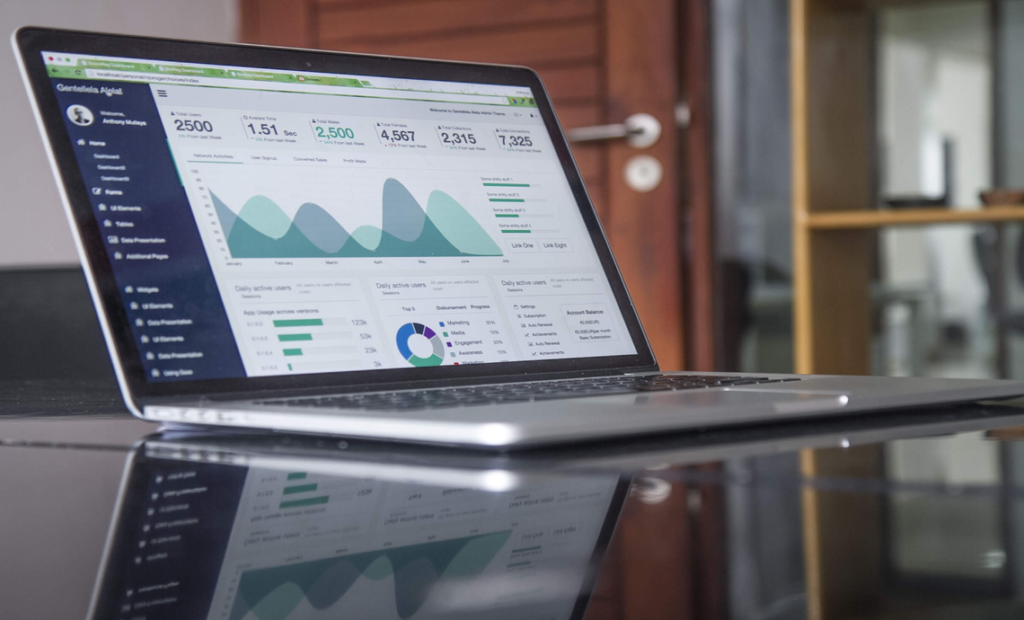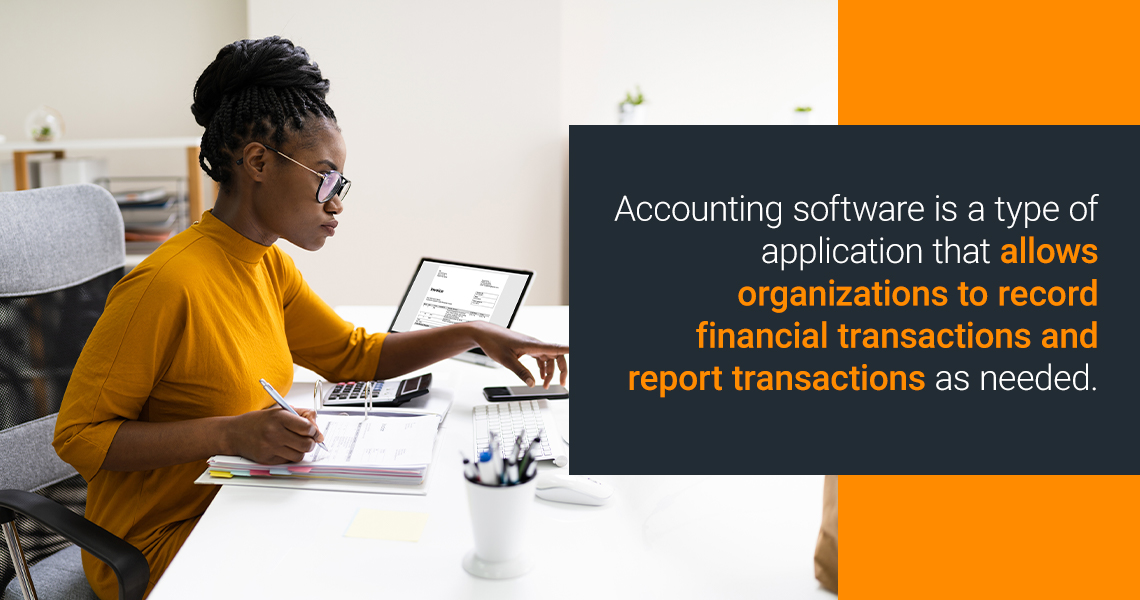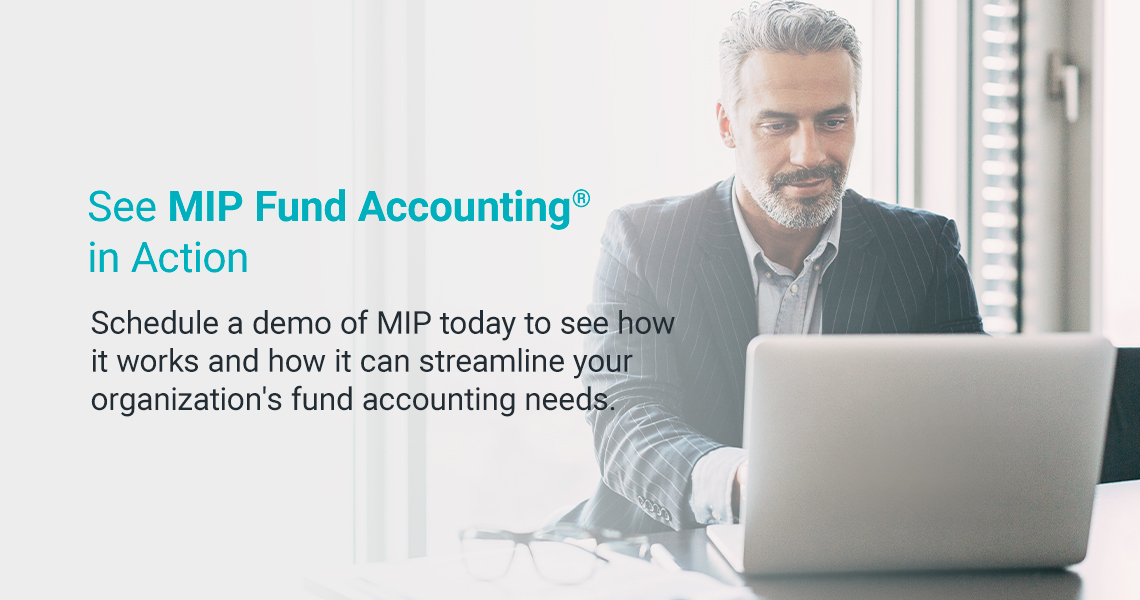Reading Time: 5 minutes
What Accounting Software Do Nonprofits Use? Save Money and Reach Your Organization’s Goals
Since 1977, giving to nonprofits has increased nearly every year. In 2017, people donated more than $410 billion to charities. The increase in giving, coupled with stricter guidelines from the Financial Accounting Standards Board (FASB), means it’s now more important than ever that a nonprofit organization use fund accounting software.
The best accounting software solutions help organizations achieve their missions and improve their operations overall. You can think of accounting software as a critical piece of the puzzle you need to solve for your organization to succeed. The right software keeps an organization’s financial records in order, ensures you can complete bookkeeping tasks as necessary and holds an organization to standards. Different organizations have different software needs. Here’s what to look for and how to choose a software program for your nonprofit.
What Is Accounting Software?
Accounting software is a type of application that allows organizations to record financial transactions and report transactions as needed. Some of the functions and features you’re likely to find in an accounting software program include:
- Expense tracking: Expense tracking allows an organization to record expenses to see where money goes each month. Tracking expenses lets an organization make cuts or changes based on its income or changes to its budget.
- Payroll: Accounting software might have a payroll component built into it, allowing an organization to issue paychecks and keep track of employees’ salaries and taxes.
- Donation tracking: Fund accounting software should have a donation tracking feature, which notes how many donations an organization receives and whether you have restricted or unrestricted funds. FASB guidelines outline how organizations should track and categorize donations.
- Grants tracking: Fund accounting software should also track grants, letting an organization record how much grant money it’s received and how your organization uses grant funds.
- Budgeting: An organization can use accounting software to keep track of its budget, comparing income to expenses and making adjustments to the budget based on the needs of the fiscal year.
Among the benefits of using a software program is the automation of tasks previously performed manually. Automation streamlines accounting, reduces the chance of errors and provides an organization with an accurate picture of its financial situation.
Accounting software applications come in a variety of formats. Some organizations find that an “off-the-shelf” solution is fine for their needs. Others need a more customized software solution.
The Best Accounting Software Options in 2021 for Nonprofits
Several accounting software solutions exist, and some have the specific needs of nonprofits in mind. Take a look at a few of the more popular accounting programs available to see how each one might meet your organization’s needs:
- MIP Accounting®: MIP Accounting is a true fund account software program, purpose-built for nonprofits and organizations. The software is comprehensive and scalable and designed to help organizations make informed decisions. It’s compliant with the FASB and Governmental Accounting Standards Board (GASB) and offers fraud and audit protection. The program is cloud-based and can track payroll as well as donations and grants.
- QuickBooks: QuickBooks costs less than other accounting programs and helps meet the needs of small businesses. It’s not a purpose-built fund accounting software. Although some nonprofits do use QuickBooks, many find they need to create workarounds to get the most out of the software. For nonprofits, QuickBooks can be a temporary, bandage solution but won’t be an appropriate long-term accounting option. It can do the job as a starter option, but most nonprofits will need to upgrade to a more comprehensive, scalable software solution eventually.
- ACCOUNTS from Software4Nonprofits: ACCOUNTS software can meet the accounting needs of smaller organizations, such as community groups or churches. It offers a free 60-day trial and has a relatively affordable price tag. The creator of ACCOUNTS developed the software because he wasn’t able to find a similar program that met the needs of his church.
- Blackbaud Financial Edge: Financial Edge was once the accounting software program recommended most to larger nonprofit organizations. The program integrated with Raiser’s Edge, a donation management and fundraising platform also from Blackbaud. Blackbaud is dropping support for the Financial Edge, leaving many organizations that use it in the lurch. For those organizations and others looking for a true fund accounting solution, MIP is an excellent alternative.
Pros and Cons of Each Software Solution
As you review the software programs available to your nonprofit, it helps to zero in on the pros and cons of each one.
MIP Accounting Pros and Cons
As a true fund accounting software program, MIP is made for nonprofits. The program also scales easily, meaning it can grow as an organization grows. Other pros of MIP Accounting include excellent customer support, comprehensive audit trails and the ability to handle complex financial scenarios with ease. It also offers human resources tools to manage employees and payroll. Smaller organizations may need to consider their budget before deciding on MIP.
QuickBooks Pros and Cons
QuickBooks gives nonprofits a quick and easy way to start using accounting software. But the limitations of the program, which has the needs of for-profit companies in mind, soon become clear. It doesn’t offer options for donation tracking or grant management. On the plus side, the program is affordable and can act as a temporary solution.
ACCOUNTS Pros and Cons
A smaller organization with a limited budget is likely to get the most out of ACCOUNTS due to its low annual subscription fee. ACCOUNTS is very limited in its operations, though. It’s designed for use on Windows and needs a special upgrade to operate on Macs. Using the standard subscription, only one user can access the database at a time.
Financial Edge Pros and Cons
Financial Edge is a cloud-based software built for nonprofits. But Blackbaud won’t be supporting the program going forward, meaning organizations that use it are on their own when it comes to support and assistance.
What’s the Best Nonprofit Accounting Software for Your Organization?
As you review the various nonprofit accounting software solutions available, there are several things to keep in mind to help you choose the program to best serve your organization’s needs. The size of your nonprofit and the number of donors and grants you receive each year is one important consideration. The more donations you need to track or the more grants your receive, the more comprehensive your software should be. A platform that is GASB- and FASB-compliant is particularly critical.
Your organization’s budget also plays a significant role when it comes to choosing software. A lower-cost or free option might be ideal if you have a very limited budget or if your organization primarily has a team of volunteers supporting it. If your organization is growing or expects to grow, software that scales is ideal. It’ll be easier for your nonprofit to adjust its software as its needs change than to switch to a new program as it gains more donors or receives more grant funding.
See MIP Accounting in Action
Sometimes the best way to see how accounting software can serve your organization is to see the software in action. If you’re looking for a cloud-based, comprehensive and scalable fund accounting program, schedule a demo of MIP today to see how it works and how it can streamline your organization’s fund accounting needs.





